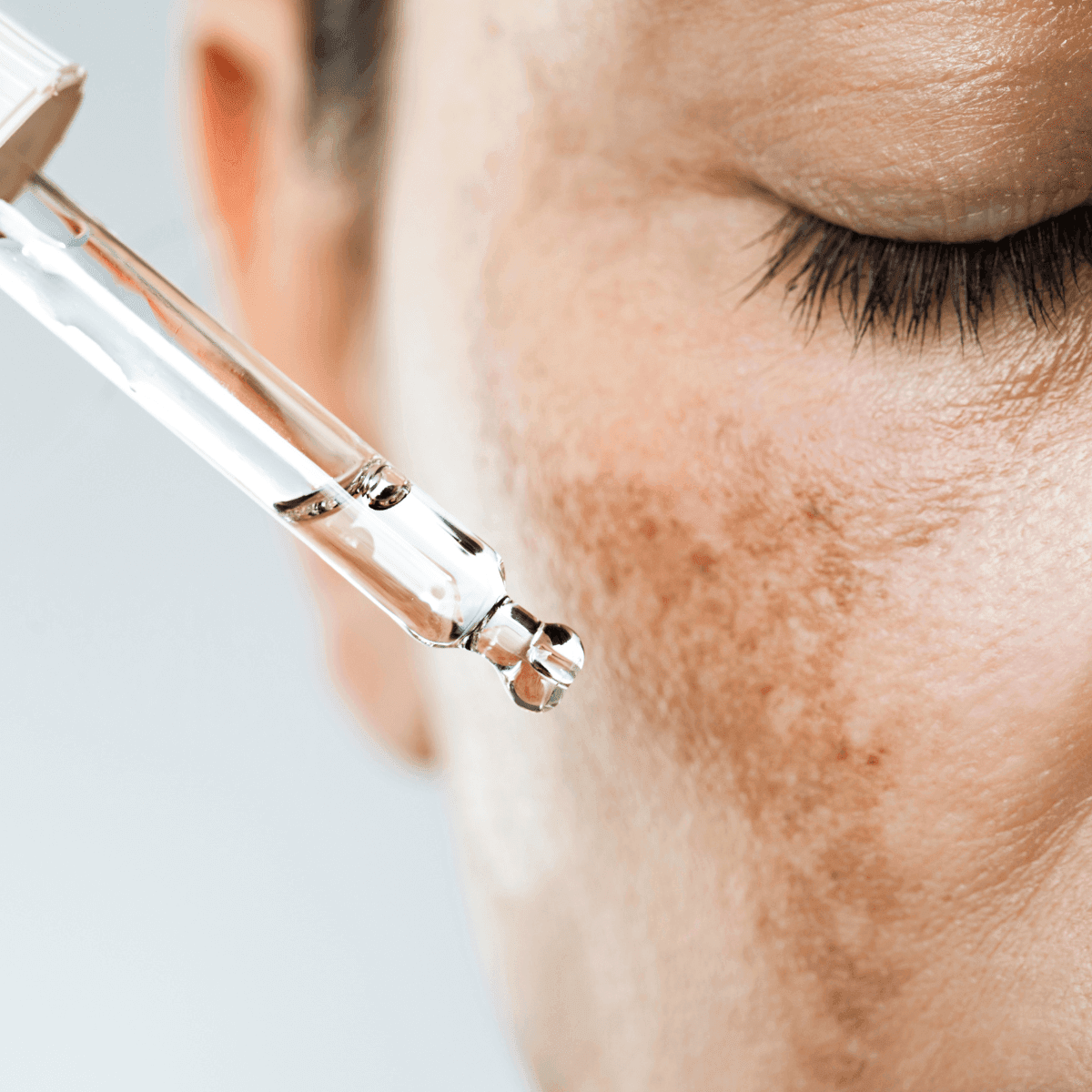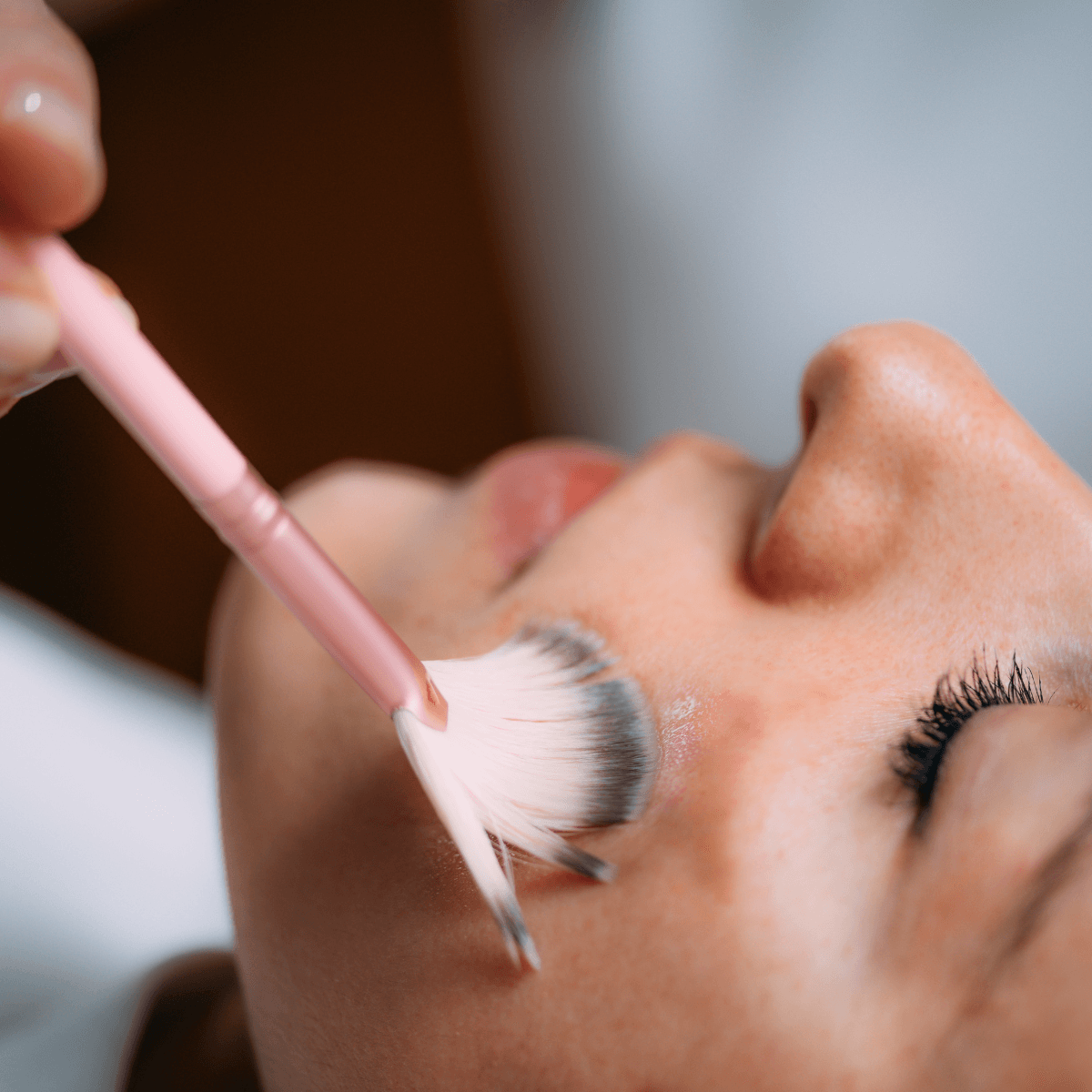If you’ve ever battled a breakout, scratched an itch too hard, or overdid it with skincare, you’ve probably met the not-so-friendly aftermath: post-inflammatory hyperpigmentation (PIH). These dark spots linger like unwelcome guests, refusing to budge while reminding you of the irritation or inflammation your skin endured. The good news? With a little patience, knowledge, and the right treatments, you can kick PIH to the curb and get your glow back.
Let’s dive into everything you need to know about PIH – from what it is to the best ways to deal with it.
Contents
What is Post-Inflammatory Hyperpigmentation?
PIH is your skin’s over-the-top way of responding to trauma or inflammation. When your skin gets irritated – be it from a pimple, a rash, or a little too much zeal with a harsh scrub – it sometimes goes into overdrive, producing extra melanin (the pigment responsible for your skin color). The result? Dark or discolored patches that stick around long after the inflammation has healed.
Think of PIH as your skin’s way of saying, “I’ve been through something.” And while it’s not harmful, it can definitely feel like a nuisance – especially if you’ve worked hard to keep your skin healthy.

Why Does PIH Appear?
PIH doesn’t play favorites. It shows up when your skin has been through some drama. Here are some common triggers:
- Acne: Those pesky pimples might go away, but the marks they leave behind? Not so fast.
- Injuries: A cut, scrape, or even an overly aggressive extraction can leave you with lingering spots.
- Skin Conditions: Eczema, psoriasis, or dermatitis can leave discoloration in their wake.
- DIY Fails: Over-exfoliating, skipping sunscreen, or using the wrong products can irritate your skin and lead to PIH.
If you have medium to dark skin, you’re more prone to PIH. Why? Darker skin contains more melanin, so your skin’s pigment-producing cells are more likely to go into overdrive.
Can PIH Be Managed?
The short answer is yes – but it takes time, consistency, and the right approach. The good news? PIH often fades on its own over months (or even years). The better news? You can speed up the process with targeted treatments and preventative care.
First things first: Prevention is key. Stop picking, scratching, or squeezing anything on your skin. Not only does it make inflammation worse, but it also invites PIH to stick around longer.
Second, don’t underestimate the power of sunscreen. Sun exposure can darken those spots and make them even harder to fade. A broad-spectrum SPF 30 or higher is your skin’s best friend.
Treatments That Actually Work on PIH
Now that you’ve got the basics down, let’s talk solutions. From at-home heroes to professional treatments, there are plenty of ways to tackle PIH.
Topical Treatments
The skincare aisle is packed with products promising to banish dark spots. The ones that actually work? Look for these powerhouse ingredients:
- Vitamin C: Brightens and fades discoloration.
- Niacinamide: Soothes skin and evens out tone.
- Retinoids: Speed up cell turnover to reveal fresher skin.
- Azelaic Acid: Targets pigmentation and calms inflammation.
- Hydroquinone: A gold-standard lightener (best used under professional guidance).
Pro tip: Be patient! Topical treatments can take weeks or even months to show results, but consistency is key.
Chemical Peels
Ready to shed those layers of discolored skin? Chemical peels use acids like glycolic or salicylic acid to exfoliate and reveal brighter, more even-toned skin underneath. Professional-grade peels pack more punch but require downtime, while gentler at-home versions are great for maintenance.
Microneedling (or RF Microneedling)
This treatment sounds a little scary, but it’s actually a game-changer for PIH. By creating micro-injuries, microneedling boosts collagen production and helps your skin regenerate, fading dark spots in the process. Adding radiofrequency (RF) amps up the results even more.
Laser Treatments
For those particularly stubborn spots, lasers like fractional lasers or Pico lasers can target pigmentation directly. They break down melanin deposits, leaving you with smoother, more even-toned skin. Treatments like LaseMD are especially effective for PIH.
Other Therapies
Looking for something cutting-edge? Therapies like exosome treatments or PRP (platelet-rich plasma) can promote healing and speed up skin repair.

How to Choose the Right Treatment for You
So, which treatment should you pick? Here’s what to consider:
- Severity of PIH: Mild discoloration might fade with topical treatments, while stubborn spots could need professional help.
- Skin Type and Tone: Some treatments (like certain lasers) might not be suitable for darker skin tones.
- Budget and Time: Professional treatments can be pricey but often deliver faster results.
- Professional Advice: A dermatologist or licensed skincare pro can assess your skin and recommend the best plan.
Often, a combination approach – like pairing microneedling with topical treatments – delivers the best results.
Tips to Prevent Future PIH
Once you’ve tackled those dark spots, you’ll want to keep them from coming back. Here’s how:
- Sunscreen, always: Seriously, you can’t skip this step.
- Be Gentle: Use a mild cleanser and avoid harsh scrubs or aggressive treatments.
- Spot-Treat Early: If you feel a breakout coming, treat it before it becomes inflamed.
- Hydrate and Soothe: Keep your skin barrier happy with nourishing, calming products.
Dealing with post-inflammatory hyperpigmentation can be frustrating, but don’t lose hope. With a little patience, the right treatments, and good habits, you can fade those spots and reclaim your radiant skin. Whether you’re diving into professional treatments or just upgrading your skincare routine, the journey to clearer skin is worth it.
Remember: Your skin’s story is unique. Embrace the process, and don’t forget to celebrate your progress along the way!


